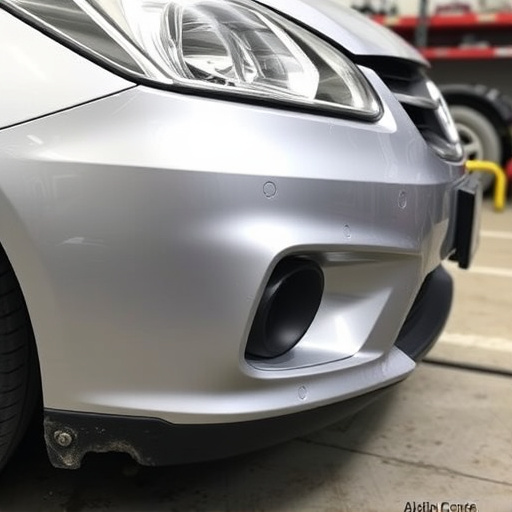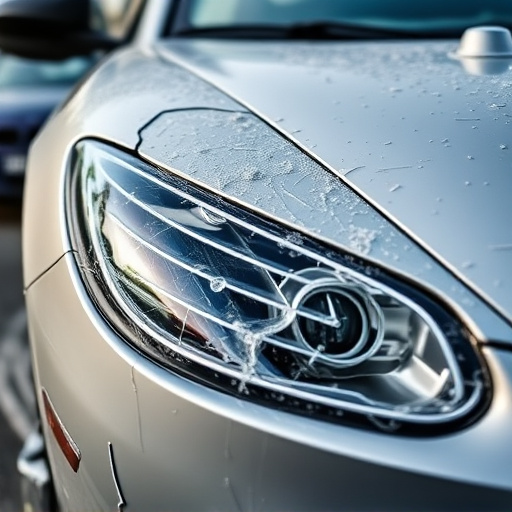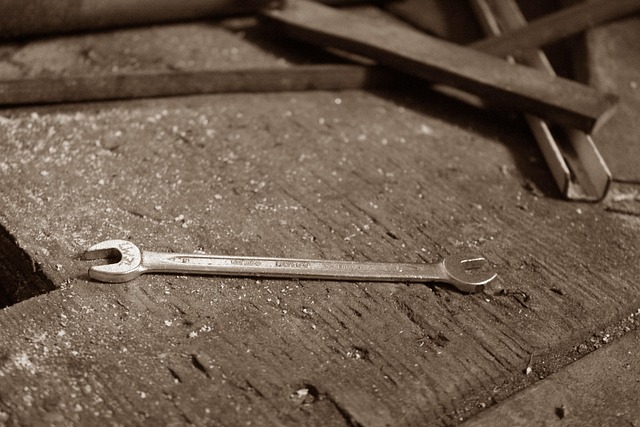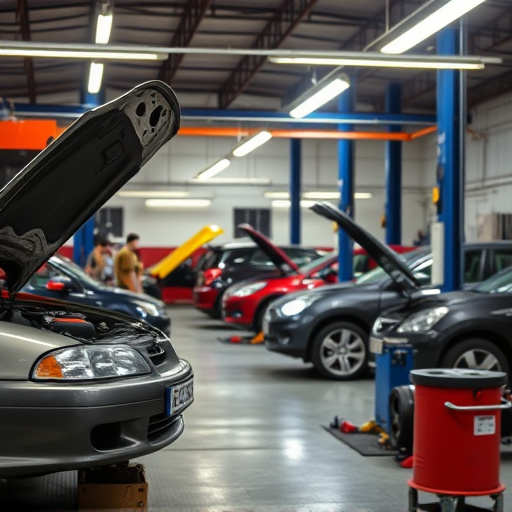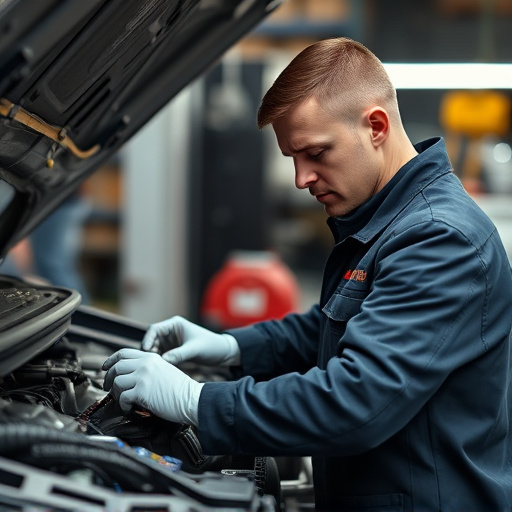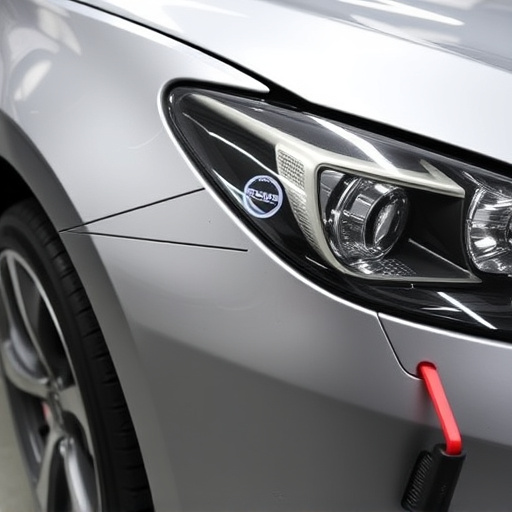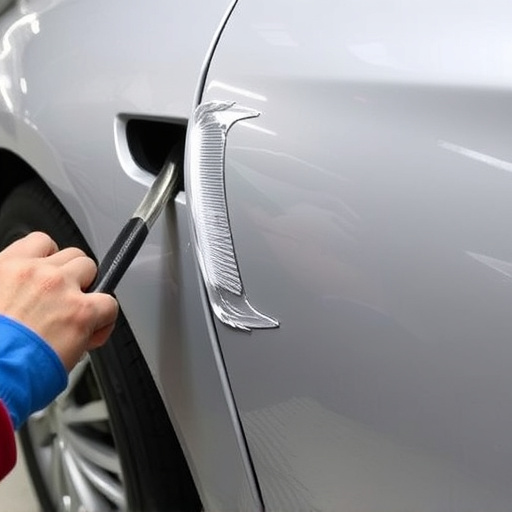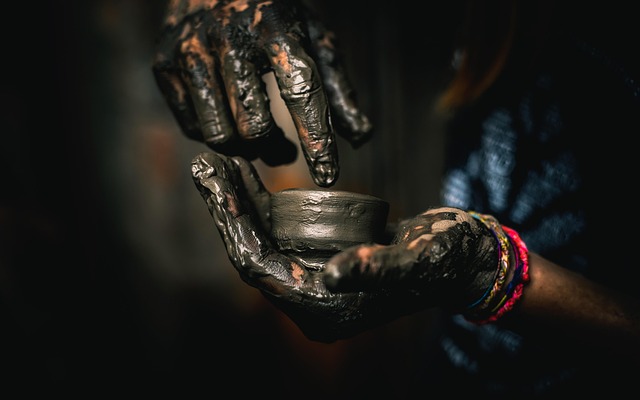Digital measuring systems (DMS), including 3D scanning, laser measuring, and digital imaging, have revolutionized diverse industries by offering precise, efficient solutions once achieved manually. In automotive sectors like tire services, vehicle paint repair, and collision repair, DMS ensure safety, performance, and accurate measurements, replacing time-consuming manual estimation. Implementation in auto body shops enhances modernization, facilitating tasks like cost estimation, paint mixing, and advanced repair techniques, though proper selection, calibration, maintenance, and regular checks are crucial for consistent results.
“Unleash the power of precision with our comprehensive guide, designed to transform you from a novice to an expert in digital measuring systems. Discover the fundamentals, explore diverse technologies like laser, optical, and capacitive sensors, and grasp their real-world applications.
Learn the step-by-step process of implementing and calibrating your own system, ensuring accurate measurements every time. Whether you’re in manufacturing, construction, or research, this guide equips you with the knowledge to embrace digital measuring systems effectively.”
- Understanding Digital Measuring Systems: The Basics
- Types of Digital Measuring Technologies and Their Applications
- Implementing and Calibrating Your Digital Measuring System
Understanding Digital Measuring Systems: The Basics
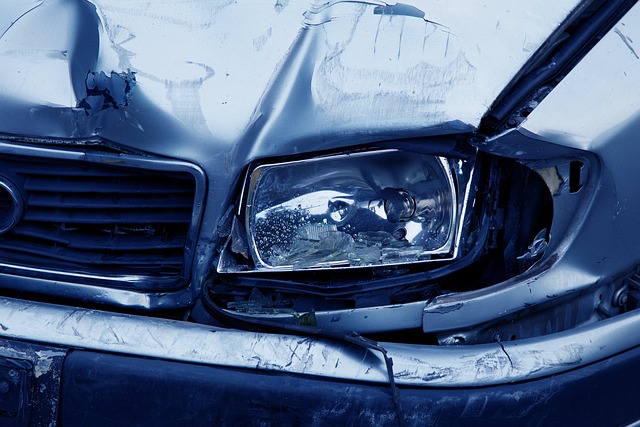
Digital measuring systems have revolutionized various industries, including automotive sectors such as tire services and vehicle paint repair, as well as in automotive collision repair. These advanced tools offer precision and efficiency, replacing traditional methods that often relied on manual estimation and guesswork. At their core, digital measuring systems utilize sensors and software to capture accurate data about dimensions, shapes, and surfaces.
This technology enables professionals to quickly and accurately measure parts, ensuring compatibility, fitment, and quality control. For instance, in tire services, digital measuring systems can precisely gauge wheel diameters and tire sizes, enhancing safety and performance. Similarly, in automotive collision repair, these systems facilitate precise measurements of damaged areas, aiding in the restoration process. By understanding how digital measuring systems work and their benefits, beginners can harness this technology to elevate their work across different applications.
Types of Digital Measuring Technologies and Their Applications
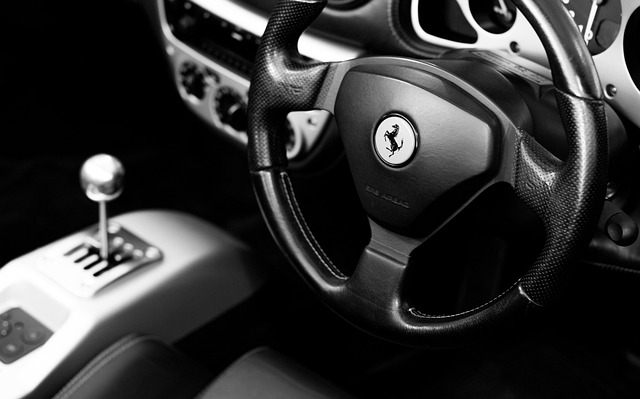
Digital measuring technologies have revolutionized various industries, offering precise and efficient solutions for tasks that were once time-consuming and error-prone. These systems utilize advanced sensors and software to capture and analyze data with remarkable accuracy. One prominent type is 3D scanning, which creates detailed digital models of physical objects or surfaces, finding applications in architecture, engineering, and even body shop services for precise vehicle paint repair and car bodywork restoration.
Another key technology is laser measuring, renowned for its speed and non-contact nature. It’s widely used in construction and manufacturing to quickly obtain dimensions and profiles, ensuring accurate results in projects ranging from home renovations to complex machinery production. Furthermore, digital imaging plays a crucial role, especially in quality control processes, enabling visual inspection and analysis at a microscopic level, which is essential for maintaining high standards in industries like automotive and aerospace.
Implementing and Calibrating Your Digital Measuring System
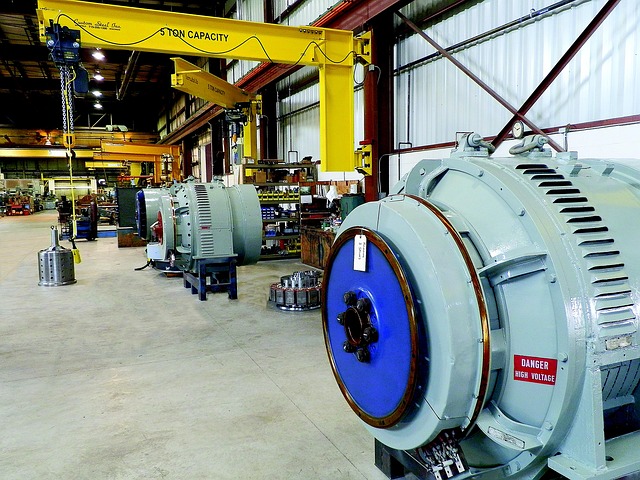
Implementing a digital measuring system is an exciting step for any auto body shop looking to modernise its workflow. These systems offer precise and efficient measurements, which are crucial for tasks such as estimating repair costs, ensuring accurate paint mixing, and facilitating paintless dent repair techniques. The process begins with selecting the right equipment for your needs—from 3D scanners to laser measuring tools. Once acquired, proper calibration is essential to ensure accuracy. Calibration involves adjusting the system’s parameters to align with physical standards, guaranteeing reliable results.
For an automotive body shop or those engaging in auto body work, this process is paramount to maintaining high-quality standards. Regular calibration checks and maintenance will safeguard the integrity of your digital measuring system, ensuring it continues to provide consistent measurements over time, especially when dealing with intricate details like paint applications and subtle dimensional changes during repairs, including paintless dent repair techniques.
Digital measuring systems have revolutionized various industries by offering precise, efficient, and automated measurements. By understanding the basics, exploring different technologies, and implementing the right system with proper calibration, beginners can harness the power of these tools to improve accuracy, streamline processes, and gain a competitive edge. This guide has covered the essentials, from fundamental concepts to practical applications, empowering readers to navigate and excel in the world of digital measuring systems.


